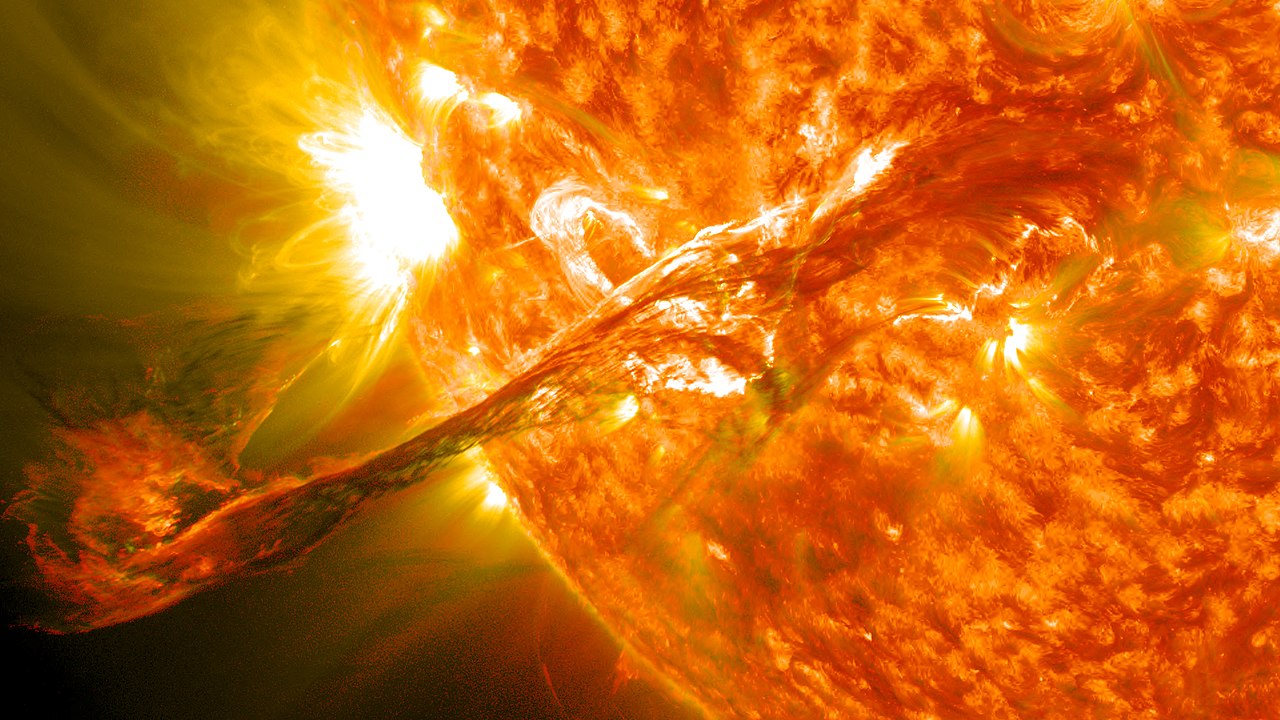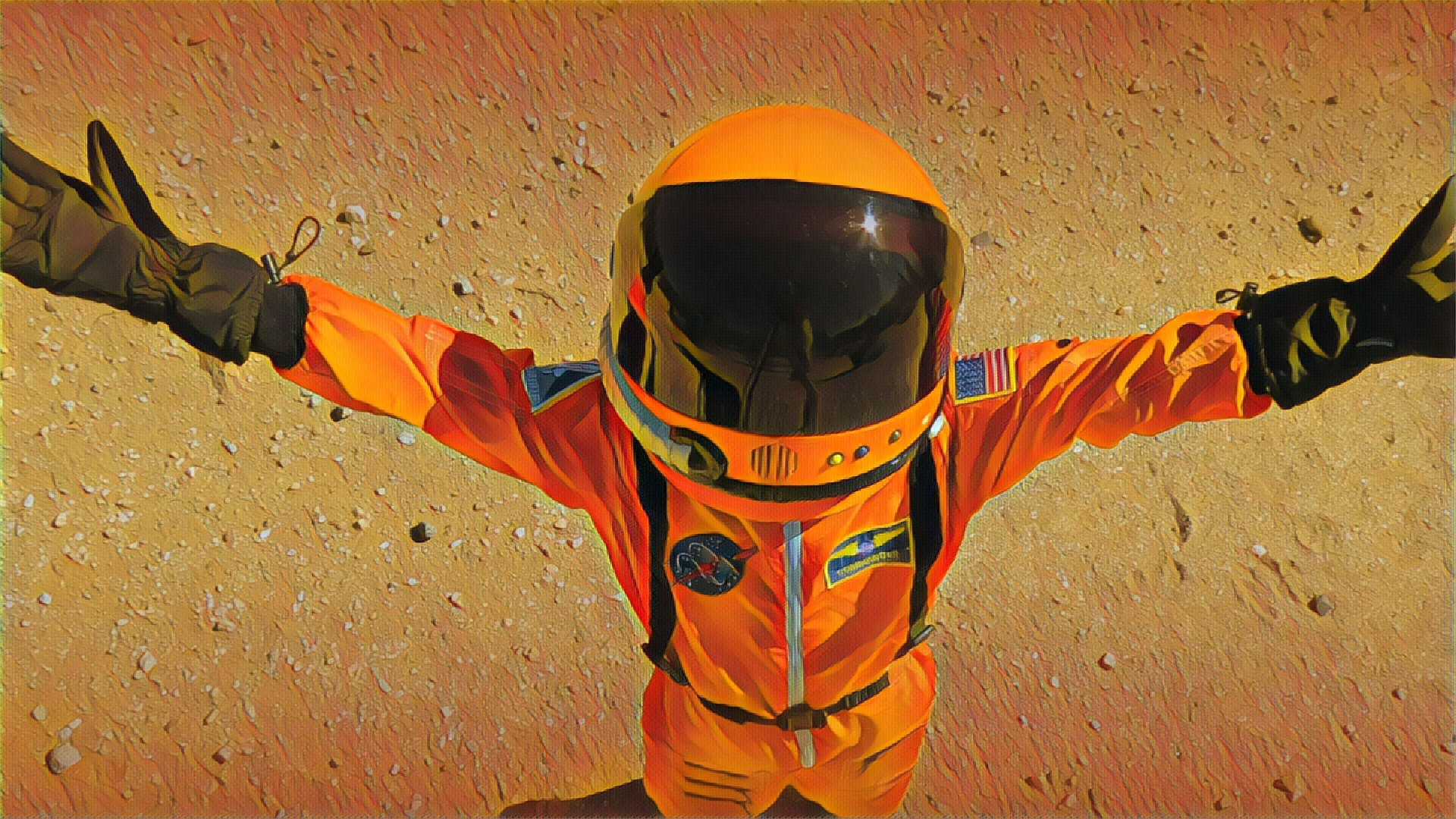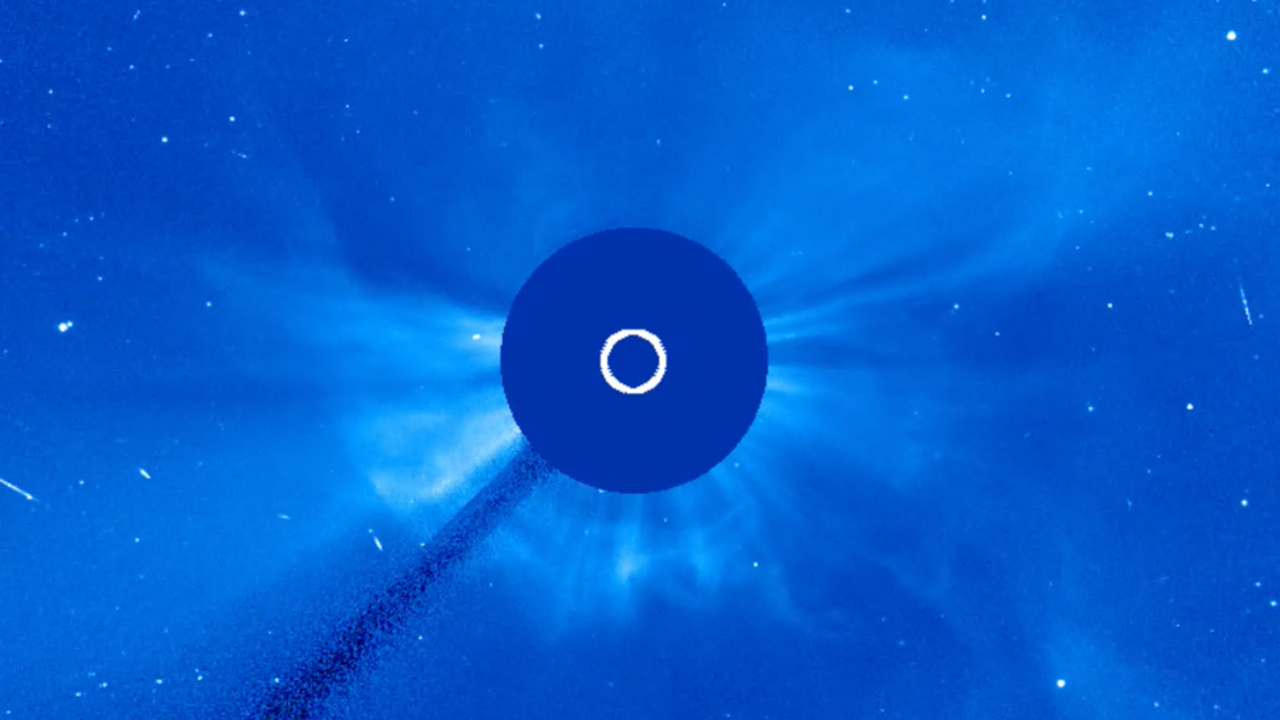The Sun has been on a tear lately: hurling coronal mass ejections, one after another, across the solar system.

Here on Earth, the effects are mostly pretty (aurora) and occasionally annoying (power grid problems, satellite orientation issues).
On the surface of Mars, the effects would be more serious. With no magnetosphere and very little atmosphere to deflect and slow the incoming particle radiation, humans would have to seek shelter during the resulting solar particle event.
This is exactly what happens in my forthcoming book, Shelter: Generation Mars, Book Two. The sisters, Cas and Ori, and their parents are on an away mission when a solar particle event forces them to cut their plans short and find shelter where they can. A series of equipment failures makes their situation increasingly dire. Will the sisters be able to help the family survive? Find out in early 2022.
In the meantime, if you’re lucky, maybe you’ll see the aurora.

Space
image: NASA Goddard Space Flight Center
#auroraborealis #solarsystem #spaceweather




